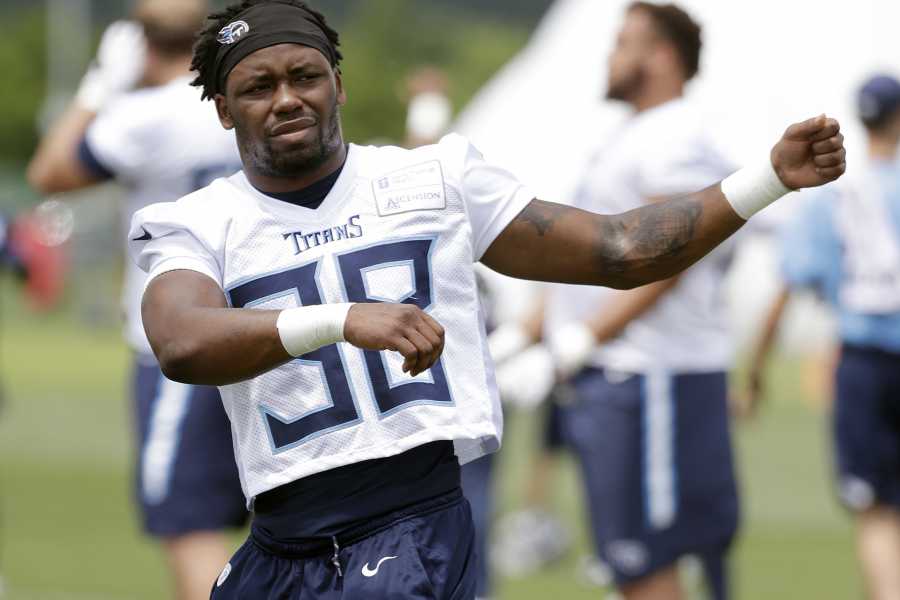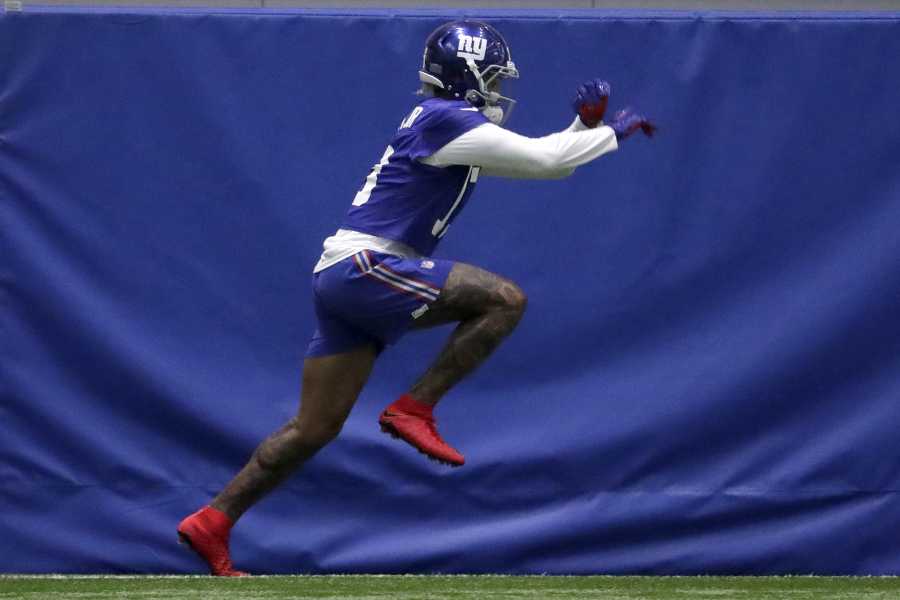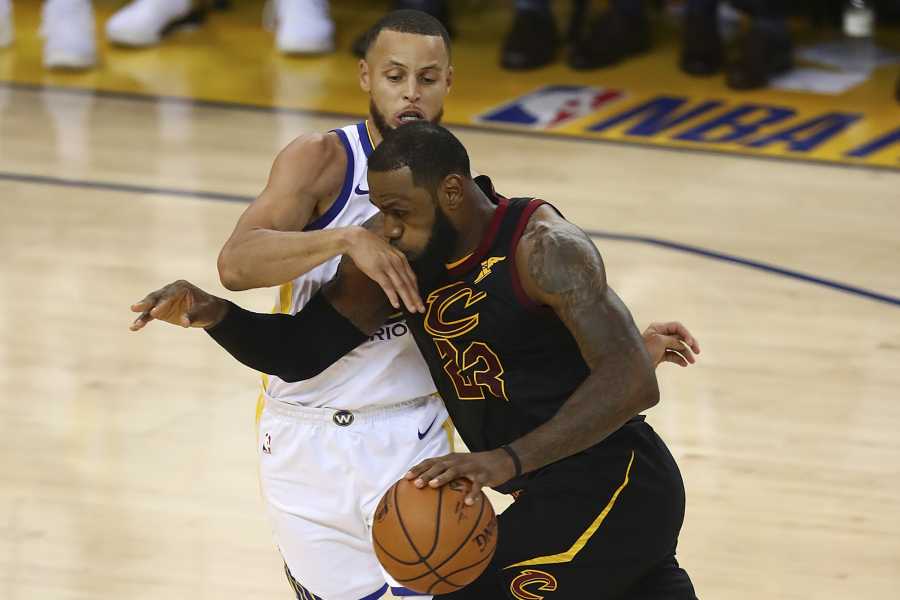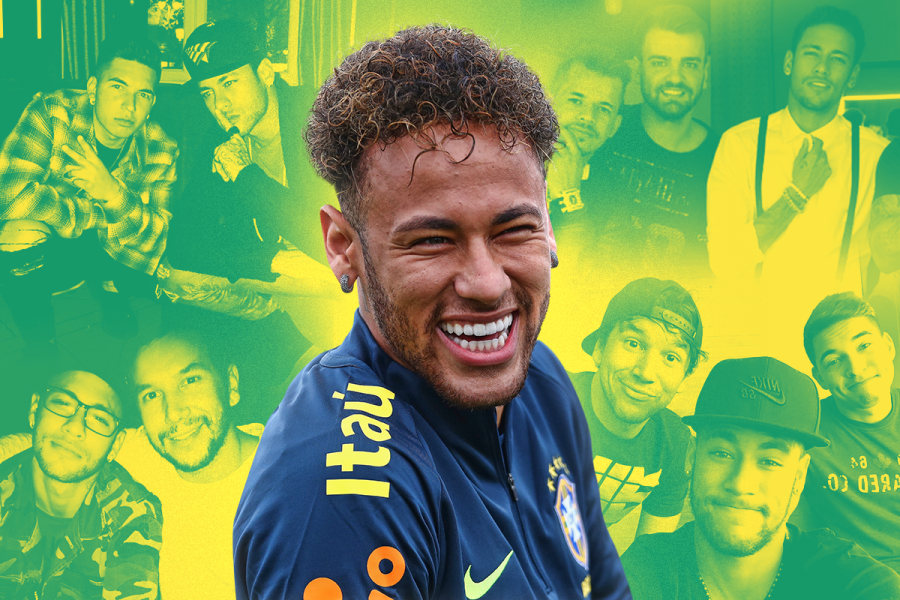I once heard someone say that if an artist were asked to create the best player in the world, they would paint Lionel Messi. And that if an engineer were told to construct the best player in the world, they would build Cristiano Ronaldo. If this is true, then Neymar, I think, would be the result from a computer scientist’s coding into existence a player who seems more from the realm of a FIFA video game than from real life.
With the ball at his feet, there are few athletes in the world more exciting than the Brazilian. There is an otherworldly elegance in his relationship to the game, one that causes you to hold your breath as Neymar builds speed toward the goal, then compels you to stand up—whether you’re watching at home, in person or at a bar with your friend gracelessly spilling beer on you—as Neymar pulls his leg back to shoot. And then you just stare, mouth agape, as you watch the ball thunder into the back of the net. Neymar has been eliciting this sort of response for more than a decade now, and he is only 26.

He is the most expensive player of all time, his personal and professional life are subject to unceasing scrutiny, and he carries the weight of his sport’s most decorated nation on his shoulders as it approaches the World Cup once more. Everyone knows this, and no one more than Neymar himself. Brazilians speak of the Paris Saint-Germain star with a reverence typically reserved for legends of the game, those whose careers have long since ended and whose talent is the stuff of folklore. Neymar is part of a long lineage of Brazilian players who have been considered among the best in the world, but he is, in so many respects, a player unlike any who has come before him.
But there is hype, along with the superlative debates over where Neymar sits among the greatest in the game, and then there is evolution. There is one of the most gifted players in the world, right there in front of you—on TV, on the pitch, dribbling through the dreams of millions of Brazilians—and the challenge that faces him. Which is to say that with each season, with each goal, with each dazzling display, Neymar is building a standing in the game that only amplifies the expectations placed upon him and illuminates the ways he has changed to meet them.
Indeed, to hear it from his countrymen, the boy from outside Sao Paulo has spent his career shifting, switching and embracing expectation—and there is no sign that the World Cup will be any different.
“He represents all Brazilians because he is always happy, playing football—he is one of us.”
—Gabriel Barbosa on Neymar
“It’s incredible how he has evolved,” Gabriel Barbosa, the 21-year-old star at Neymar’s boyhood club, Santos FC, tells me. “Every time we see him play, he’s done something new; he’s always changing, always evolving.”
When I ask him what makes Neymar a hero to so many here in Brazil, such an inarguably elastic icon to so many the world over, he looks into the distance, pondering briefly, and smiles. “He is like us,” Gabriel, yet another teen sensation who left to play in Europe before returning to his home country, says of his national team comrade. “He represents all Brazilians because he is always happy, playing football—he is one of us.”










